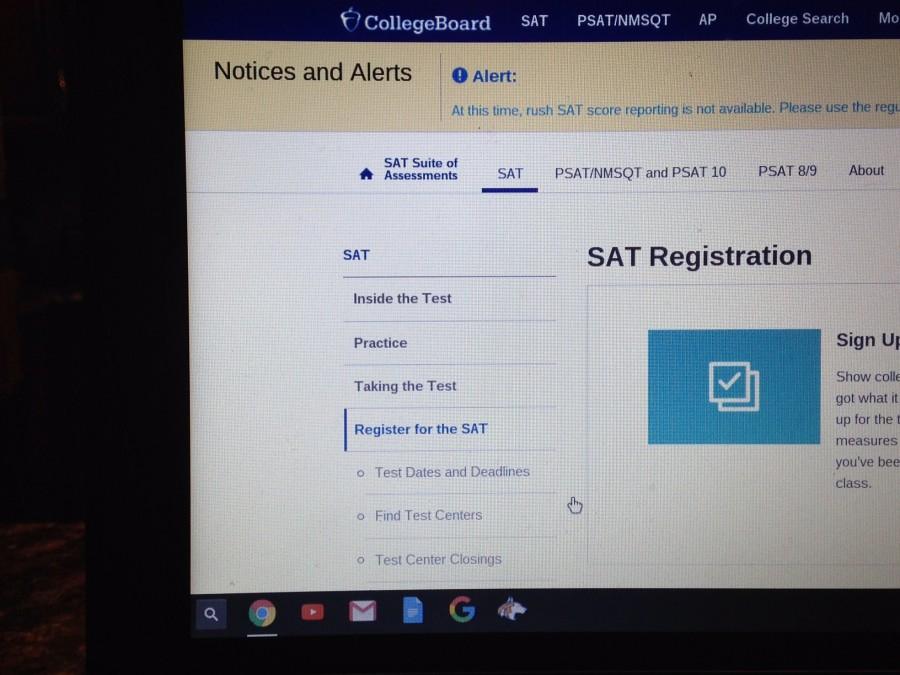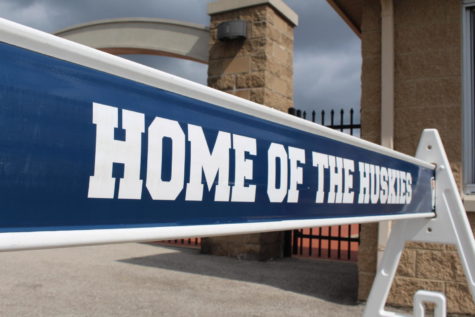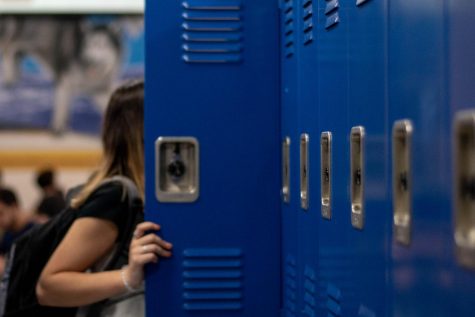Standardized, not equalized
Are the SAT and ACT truly measuring intelligence?
College–the dreamy paradise that every high schooler eagerly awaits. With more freedom, attending a university is the end-all, be-all of any student’s high school education. But first, the nightmare: standardized testing.
Test scores are one of the main components of college applications. One number can make or break a hopeful student’s college career.
Tests like the SAT and the ACT seem innocuous at first. However, upon closer examination, they exhibit a clear favor towards pupils who come from higher-income families.
According to a study from the National Center for Fair and Open Testing, students from households making $20,000 to $40,000 received an average total score of approximately 1402 on the SAT, while students from households making $80,000 to $100,000 scored an average of around 1535.
Among the 1.66 million students that took the SAT in 2013, around 46 percent of test takers were minorities–one of the highest percentages yet, according to a study by Diverse Education. The November report from the U.S. Bureau of Labor and Statistics shows that in a usual work week, minorities such as African-Americans and Hispanics made $200 to $400 less than Caucasians and Asians.
Today, prep classes can range from $20 to $100 an hour and the price of the SAT test ranges from $43 to $54.50, depending on whether or not the test includes the essay portion. These high costs prevent many students from receiving the preparation resources other students receive.
With a divide in the intensity and quality of test preparation, these standardized tests can become a test of wealth. If prices of preparation courses and tutors were lowered, low-income and minority students would no longer be at a disadvantage.
This would reconfigure the tests for their original purpose: testing students on their knowledge and academic skills, not their household income.
This idea, however, is very far-fetched. The tutoring and test preparation industry generates more than $860 million a year and employs almost 55,000 people according to a recent report from IBISworld. Also, the revenue that the College Board, the organization that administers the SAT tests, reaps from these tests is far too great.
The dreamer’s option–low cost testing and readiness–may be very out of reach. However, the SAT has been redesigned and is set to replace the old test starting on the March 2016 test date. This revamped version has been promoted by the College Board to measure “what you learn in high school,” and “what you need to succeed in college.”
Along with the redesigned SAT, the College Board is offering free practice and test simulators. The organization seems to be making an attempt to provide help to those who cannot afford classes or a tutor.
Despite their efforts, there are only so many practice problems and exams. These online lessons cannot provide the resources to fully level the playing field.
Every student deserves equality when it comes to college-readiness testing. Reduced costs of testing and prep classes would help end the disadvantage facing minority and low-income students. A student’s transcript should reflect their academic abilities, not the money in their pockets.

This is Kate’s third year on The North Star and she is very excited to tackle her new job as the publication’s first Special Projects Editor. She is...










